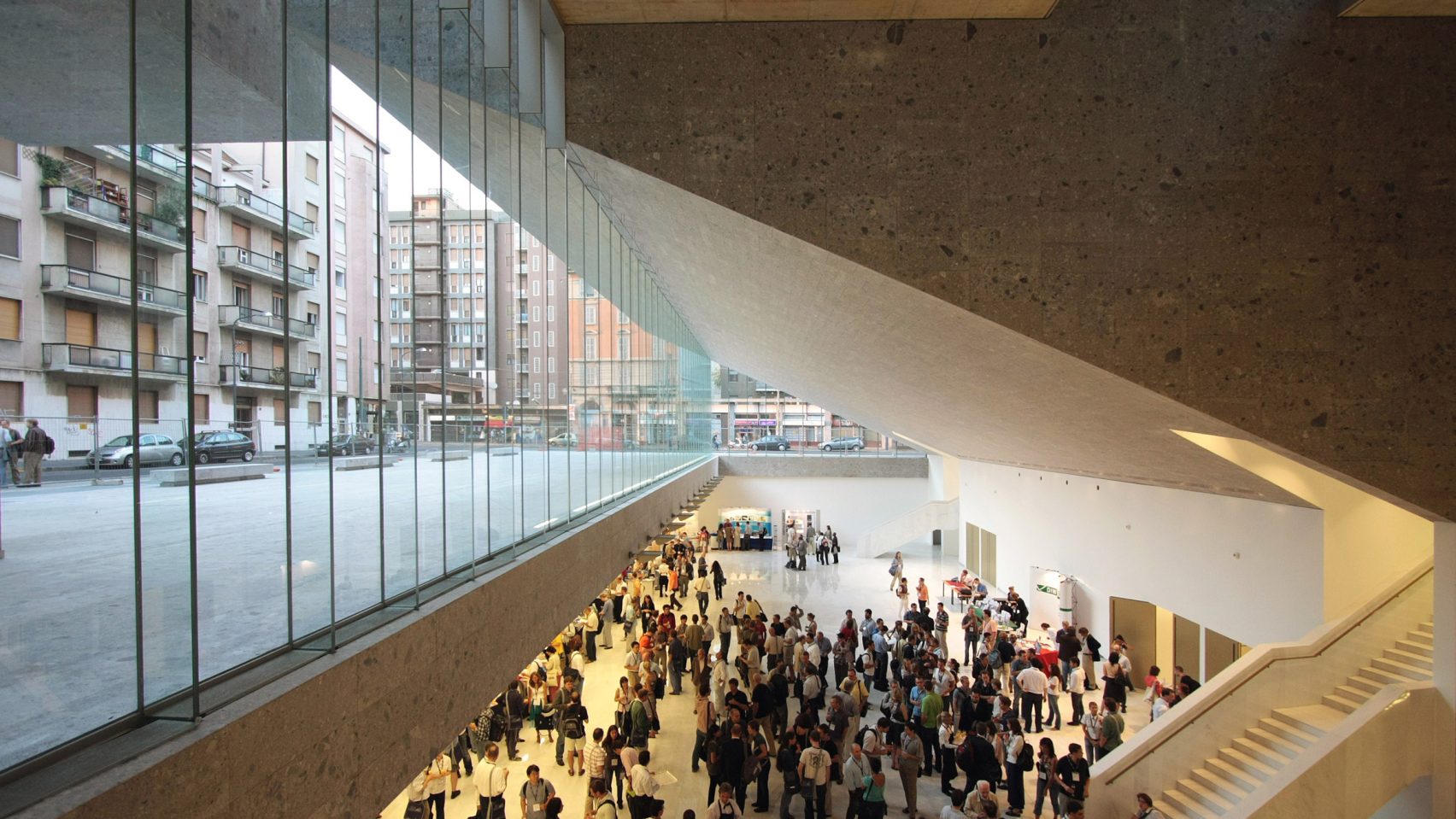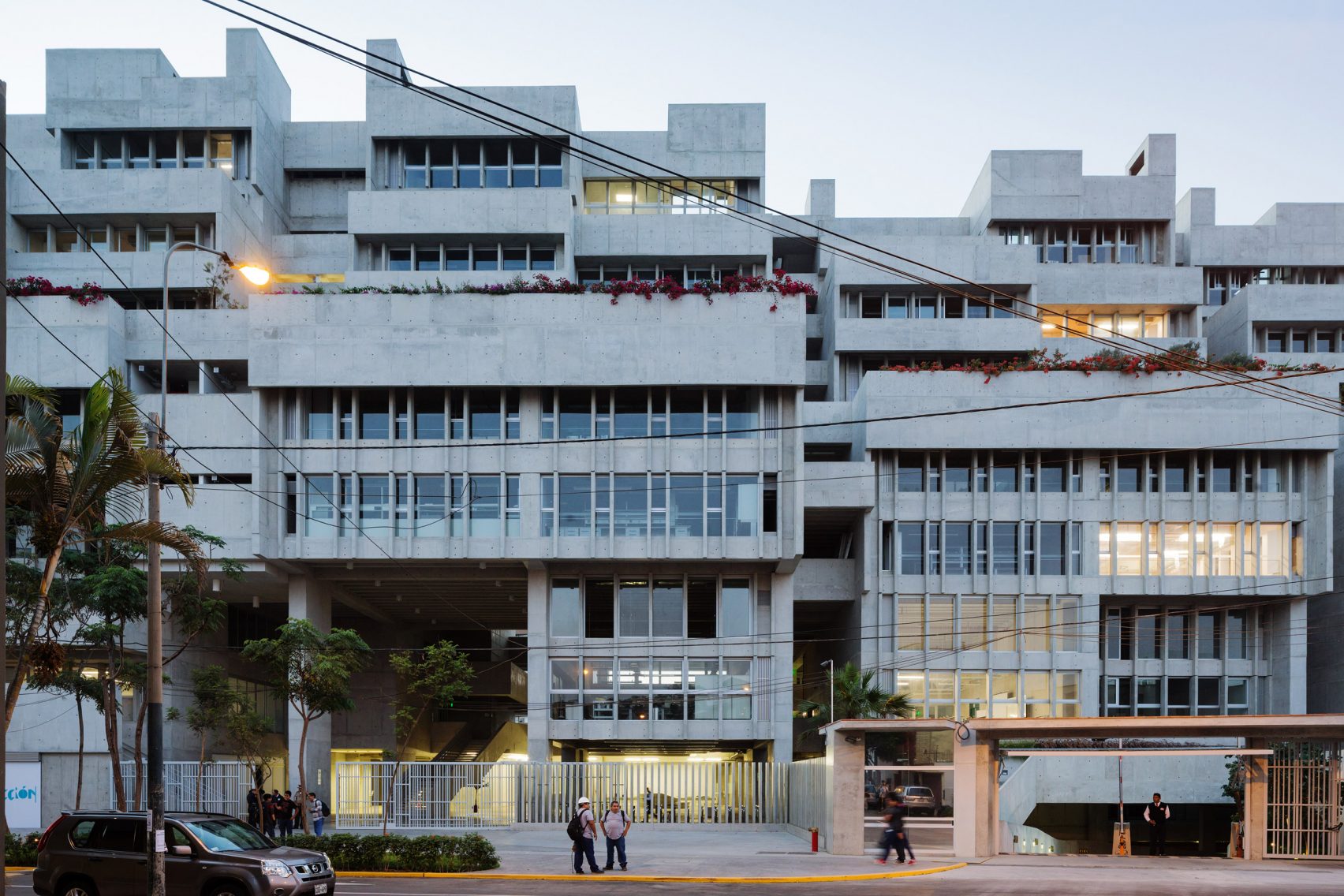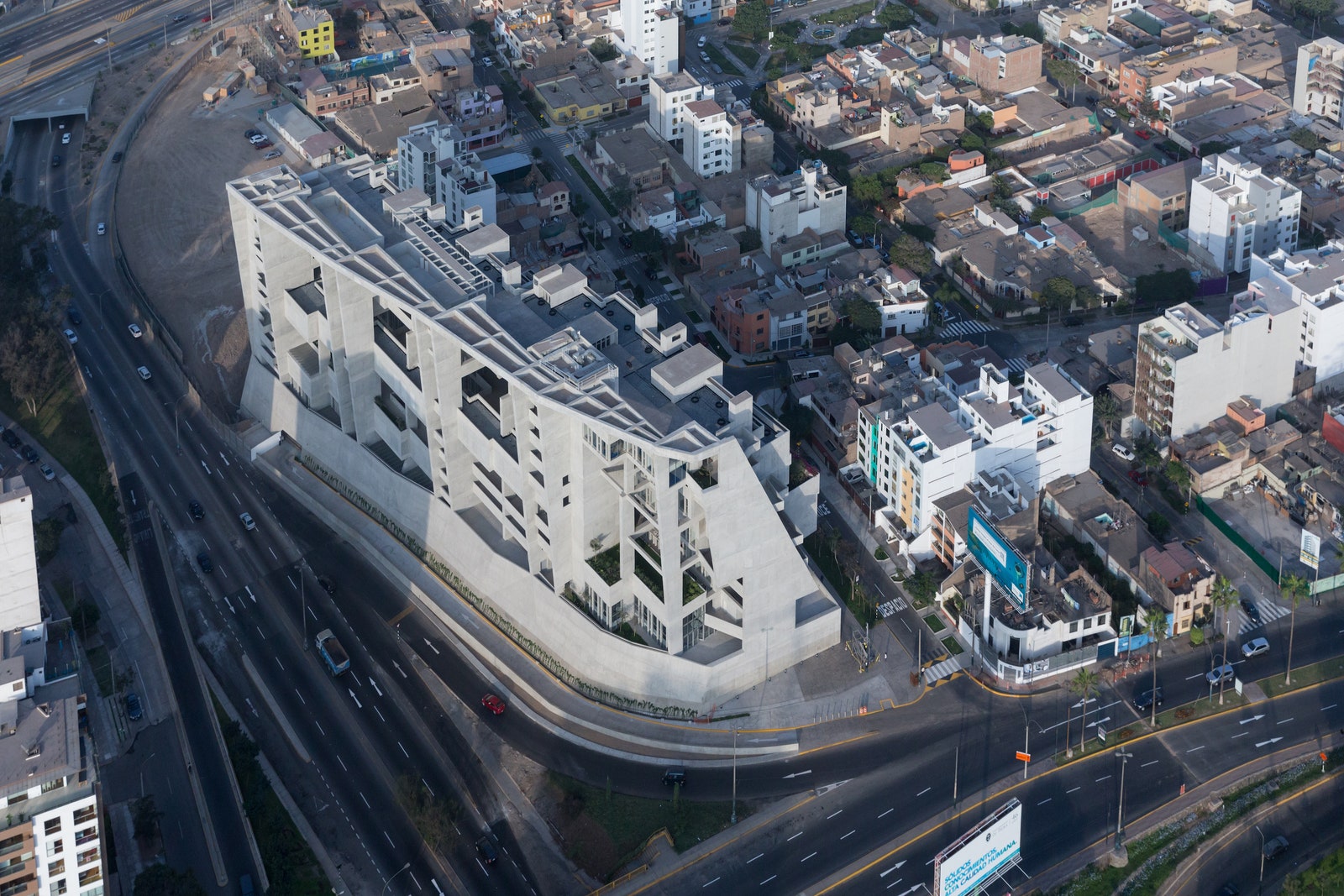Yvonne Farrell and Shelley McNamara have been announced the winners of the 2020 Pritzker Prize. Yvonne Farrell (born 1951, Tullamore) is an Irish architect. She is co-founder of Grafton Architects who won the World Building of the Year award in 2008 for their Bocconi University building in Milan. The practice won the inaugural RIBA International Prize in 2016 for their Universidad de Ingeniería y Tecnología building in Lima, Peru, and was awarded 2020, Royal Gold Medal. In 2017 she was appointed, along with Shelley McNamara, as curator of the 16th Venice Biennale of Architecture in 2018.

Photo credit: Alice Clancy
“Architecture could be described as one of the most complex and important cultural activities on the planet,” remarks Farrell. “To be an architect is an enormous privilege. To win this prize is a wonderful endorsement of our belief in architecture. Thank you for this great honor.”
Shelley McNamara (born 1952, Lisdoonvarna in County Clare) is an Irish architect. She is a co-founder of Grafton Architects with Yvonne Farrell. The two women architects are widely respected for their humane approach to design but are little known in the United States, on Tuesday were named this year’s winners of the 2020 Pritzker Architecture Prize, the field’s highest honor.
They now belong to a handful of women who have won the prize since it was first awarded in 1979, including the late Zaha Hadid, the first female winner in 2004, and Japanese architect Kazuyo Sejima, the 2010 co-winner with her male partner Ryue Nishizawa. Sejima was part of this year’s seven-member jury that selected Farrell and McNamara.
The pair “have consistently and unhesitatingly pursued the highest quality of architecture for the specific location in which it was to be built, the functions it would house and especially for the people who would inhabit and use their buildings and spaces,” the citation said. They “are able to make their buildings respond to a setting and city most appropriately, while still being fresh and modern.”

Grafton Architects Universita, Photograph by Federico Brunetti
Farrell and McNamara met as architecture students at University College Dublin in the mid-1970s. In 1978, they established Grafton Architects, originally with three other people, but ended up staying alone in the firm. Not much was happening in Ireland at the time architecturally, McCarter says, and Grafton Architects didn’t start making much of a splash until the early 1990s when the Irish economy started taking off. They designed a building for Trinity College in Dublin, houses, schools, and with other young architects, they helped transform Dublin’s Temple Bar Square into a lively, pedestrian-friendly commercial destination.
The practice named after the street of their original office has an extensive portfolio with significant cultural and academic projects like the Urban Institute of Ireland, University College Dublin (Dublin, Ireland 2002); Solstice Arts Centre (Navan, Ireland 2007); Loreto Community School (Milford, Ireland 2006); and Medical School, University of Limerick (Limerick, Ireland 2012). In fact, Grafton Architects didn’t design a single building outside of Ireland until 2003, when the firm won an international competition to design the prestigious school of economics at the Universita Luigi Bocconi in Milan. The building was completed in 2008.

The University Campus UTEC Lima building in Peru won the RIBA International Prize. Photo is by Iwan Baan
Farrell and McNamara received raves when they curated the world’s largest architecture exhibition, the Venice Biennale, in 2018. “Generosity and thoughtfulness” was their theme. The two often invoke the metaphor of the flying island of Laputa in Jonathan Swift’s novel, Gulliver’s Travels. It’s a place that the inhabitants know how to maneuver. They spend their time listening to the music of the spheres but they are continually worried that the sun will go out. It’s a potent metaphor for the moment, Farrell said in a speech last month accepting the 2020 Royal Gold Medal from the Royal Institute of British Architects.
“There is something interesting about that, just thinking about where we are now, and how we imagine ourselves optimistically with all the potential that architecture inherently has,” she said. “To make new worlds and to make new futures.”

An aerial view of the UTEC structure shows the difficult terrain and space in which Farrell and McNamara constructed their design. Photo: Iwan Baan
The Pritzker Architecture Prize is known internationally as architecture’s highest honor. The goal of this international prize is “to honor a living architect or architects whose built work demonstrates a combination of those qualities of talent, vision, and commitment, which has produced consistent and significant contributions to humanity and the built environment through the art of architecture.”
Distinguished Japanese architect, city planner, and theorist Arata Isozaki was named as the 2019 Laureate of the Pritzker Architecture Prize. Previous winners include; Balkrishna Doshi (2018), RCR Arquitectes (2017), Alejandro Aravena (2016), Frei Otto (2015), Shigeru Ban (2014), Toyo Ito (2013), Wang Shu (2012), Kazuyo Sejima & Ryue Nishizawa (2010), Zaha Hadid (2004), Rem Koolhaas (2000), Norman Foster (1999).
The Pritzker Architecture Prize was established by the Pritzker family of Chicago through their Hyatt Foundation in 1979. It is granted annually and is often referred to as “architecture’s Nobel” and “the profession’s highest honor.”

